Next on Episode 5 | Water
Sanjayan explores humankind’s relationship with the Earth’s most important resource: water. Unraveling dramatic connections between fresh water and the health of the planet, he uncovers spectacular wildlife stories that center on managing the natural pulse of the planet’s water.
Extras + Features
-

Next on Episode 5 | Water
S1 E5 - 30s
Sanjayan explores humankind’s relationship with the Earth’s most important resource: water. Unraveling dramatic connections between fresh water and the health of the planet, he uncovers spectacular wildlife stories that center on managing the natural pulse of the planet’s water.
-

Next on Episode 4 | Oceans
S1 E4 - 29s
Starting on the most pristine reef on Earth, home to more predators than prey, Sanjayan draws on his own ocean experiences to reveal a vibrant community of scientists, engineers and fishermen who are providing solutions that can help restore the oceans in astonishing ways. Premieres February 12, 2015 at 10/9c.
-

Next on Episode 3 | Forests
S1 E3 - 29s
Journey deep into the great forests of Earth for a new way of looking at these wild places and the animals that live there. Sanjayan travels into an uncharted area of the Amazon that scientists believe is the most bio-diverse place on Earth. Premieres February 11 at 10/9c. Check local listings.
-

Wonderful Cichlids: Mouth Breeders
S1 E5 - 32s
Lake Malawi has an incredible 850 endemic species of fish found nowhere else on earth, almost all of them some kind of Cichlid. Cichlids have evolved into thousands of different species far quicker than it took apes to evolve into just three species. This particular species has learned to hold all of its’ young in its’ mouth to keep them safe.
-

Wonderful Cichlids: A Cichlid's Shell Is His Castle
S1 E5 - 24s
It’s not just for feeding that cichlids have evolved some bizarre behavior, it’s also for the business of reproduction! During breeding and mating cichlids also display some unusual adaptations, they build arenas out of sand that males will dance in or other species will use a shell as a home. Sanjayan comes across one individual who has made his home in a shell.
-

Sanjayan Gets Snapped
S1 E5 - 1m 3s
Filming the Singing Wells sequence of the Water episode of the series was done in the dry season in Kenya. While Sanjayan was waiting between takes, a local Samburu tribesman used his mobile phone to photograph Sanjayan. He contemplates how the Samburu's tradition of digging wells is for good reason and that it’s not because the tribesmen are not aware of other options to water their cattle.
-

Wonderful Cichlids: Playing Dead
S1 E5 - 21s
Lake Malawi has an incredible 850 endemic species of fish found nowhere else on earth, almost all of them some kind of Cichlid. Cichlids have evolved into thousands of different species far quicker than it took apes to evolve into just three species. This fish plays dead in order to attract other fish then eats the fish who come and investigate. Video courtesy of Jay Stauffer.
-

A Natural History Detective Story: Encountering a Snail
S1 E5 - 32s
In Lake Malawi Bilharzia parasites grow and develop inside snails. The parasite can penetrate the skin of people wading, swimming, bathing, or washing in contaminated water. Within several weeks, worms grow inside the blood vessels of the human body and produce eggs and make the person sick. Unfortunately the cichlid which eats these snails has been overfished so the problem is growing.
-

Wonderful Cichlids: Eating Dirt
S1 E5 - 1m 3s
Some species of cichlid, which eat tiny insects and crustaceans, will swallow mouthfuls of sand. They then suck out animals like microscopic shrimp and filter out a cloud of sand through their gills. Video courtesy of Jay Stauffer.
-

A Natural History Detective Story: A Shallow Water Problem
S1 E5 - 1m 11s
Bilharzia is a parasite transmitted to people via a water snail found in Lake Malawi. Normally these snails are not found in the shallows where people who lived by the lake bathed and washed but something had changed. Expert scientist, Jay Stauffer found the shallows were infested with the snails and the snails were infested with the Bilharzia parasite. And the ultimate problem was over fishing.
-
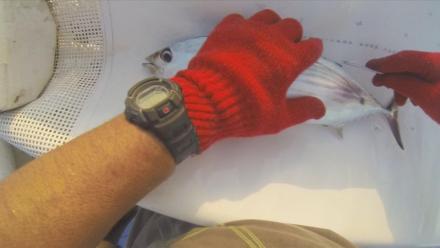
Tuna Is Tagged in Papua New Guinea
S1 E4 - 2m 10s
On a month-long mission in the Solomon Sea, a team aims to tag as many Skipjack Tuna as possible to find out where they go and various unknown elements of Tuna life history. All the data will help to know where in the ocean to protect.
-
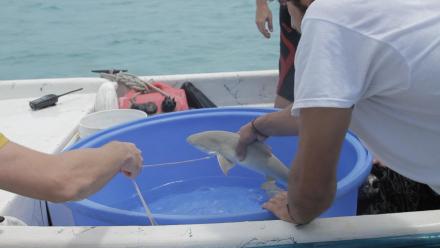
Student Scientists Tag a Baby Lemon Shark
S1 E4 - 2m 31s
Just after birth, the newborn lemon sharks are measured, tagged and a DNA sample is taken before the young sharks are returned to the mangroves. This provides information to an ongoing database to back up theories that lemon sharks return to the same location they were born to give birth themselves.
PBS PASSPORT
Stream tens of thousands of hours of your PBS and local favorites with WETA+ and PBS Passport whenever and wherever you want. Catch up on a single episode or binge-watch full seasons before they air on TV.
Similar Shows
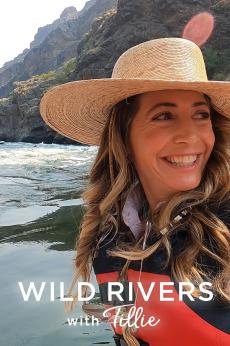
Wild Rivers with Tillie
Science and Nature

Stellar
Science and Nature

Headwaters Down
Science and Nature
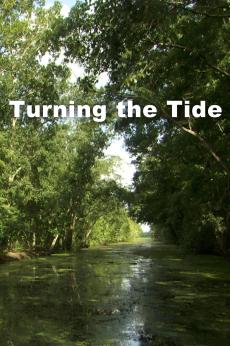
Turning the Tide
Science and Nature

Infinite Series
Science and Nature
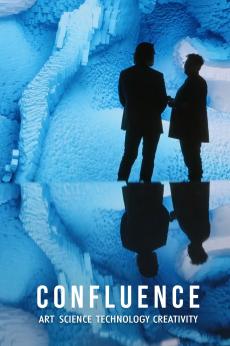
Confluence
Science and Nature

Physics Girl
Science and Nature

Raw to Ready
Science and Nature

Make48
Science and Nature

Listen to the Universe
Science and Nature